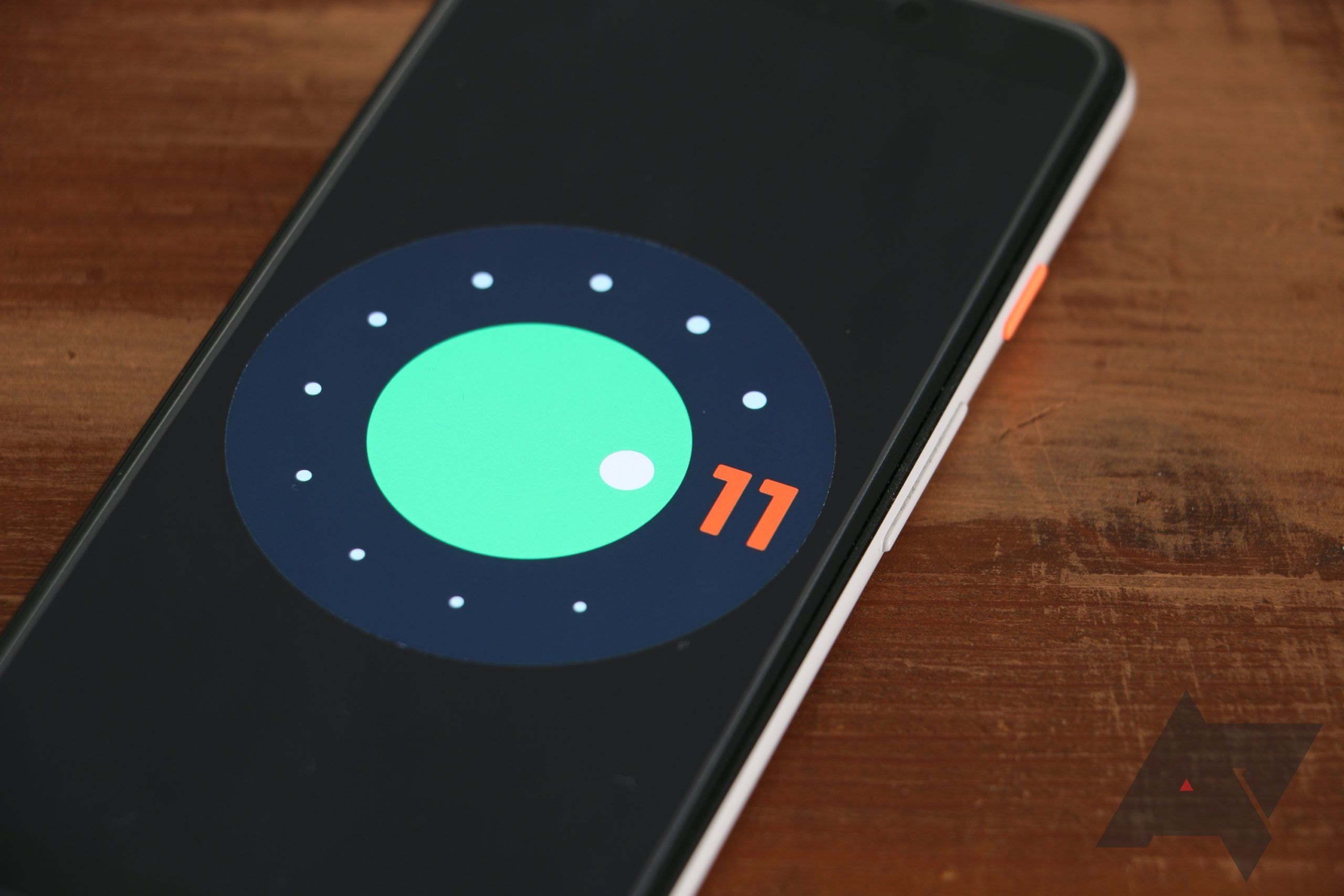Read update
- Clarification
Android 11 is nearly feature-complete now, but Google is still putting its final touches on the software and APIs before the first stable release. One of these last-minute additions is an API that allows devs access to two, or more, on-device cameras at the same time, including both front and rear cams.
With phones nowadays packing at least three imaging sensors, and sometimes even going up to five or six, it's silly to keep a one-cam limit for apps. Instead, allowing devs to stream from two or more sensors concurrently can lead to many interesting use cases and perspectives. Android Pie already had multi-camera APIs, but developers had to do some digging to figure out which streams could be used simultaneously, and from our understanding, they also seem to have been limited to streams from the same logical cameras — i.e. the two or more sensors on the back that constitute the rear camera setup, or the dual-cams on the front that form the selfie setup, but not mixing and matching both.
Now, with the new Android 11 API, devs will be able to easily check which camera combinations are available on a given device and whether or not they can work at once. They'll also be able to use streams from both front and rear cameras at the same time. Maybe that would lead to apps replicatings Nokia's 'bothie' effect or maybe devs will figure out more interesting use cases.
And if, one day, an Android OEM releases a phone with both front and rear 180-degrees lenses, this API would let devs use them to take 360 shots. Eh, one can hope.
UPDATE: 2020/07/08 7:13am PDT BY RITA EL KHOURY
Clarification
This post has been updated to explain that the multi-cam API was there in Android Pie, and to highlight the differences between that and the new Android 11 capabilities.
Source: Android Developers

